Indoor gardening has become increasingly popular in recent years as more people look for ways to grow their own fresh produce at home. With the rise of apartment living and limited outdoor space, growing vegetables indoors has become a practical solution to meet the growing demand for fresh, locally-grown produce. In this article, we will explore the various types of indoor vegetables and provide tips for creating a successful indoor vegetable garden.
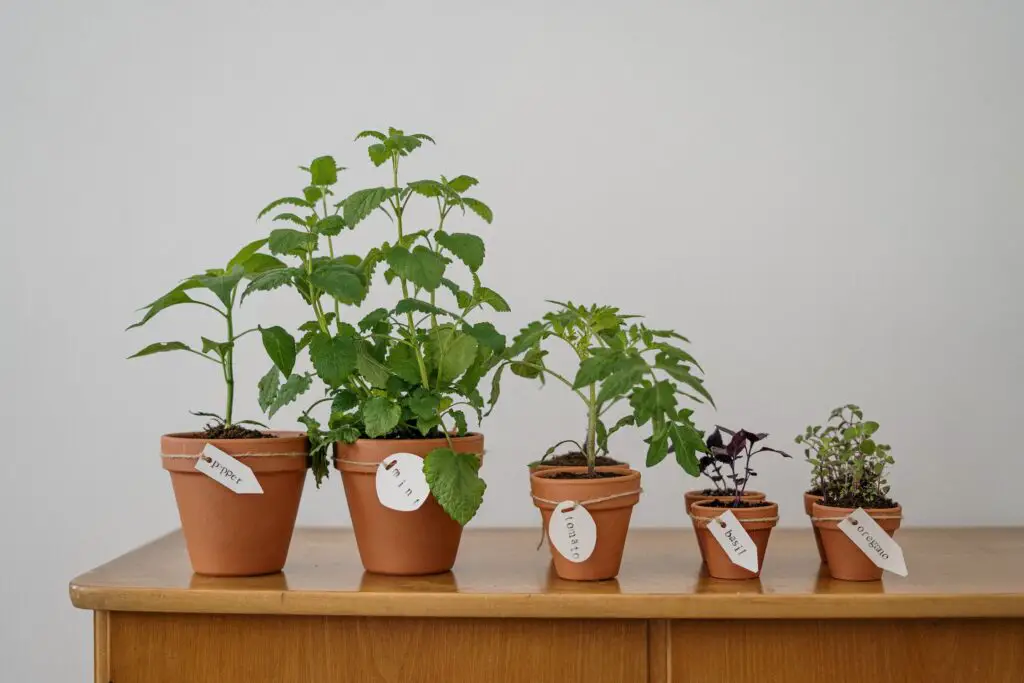
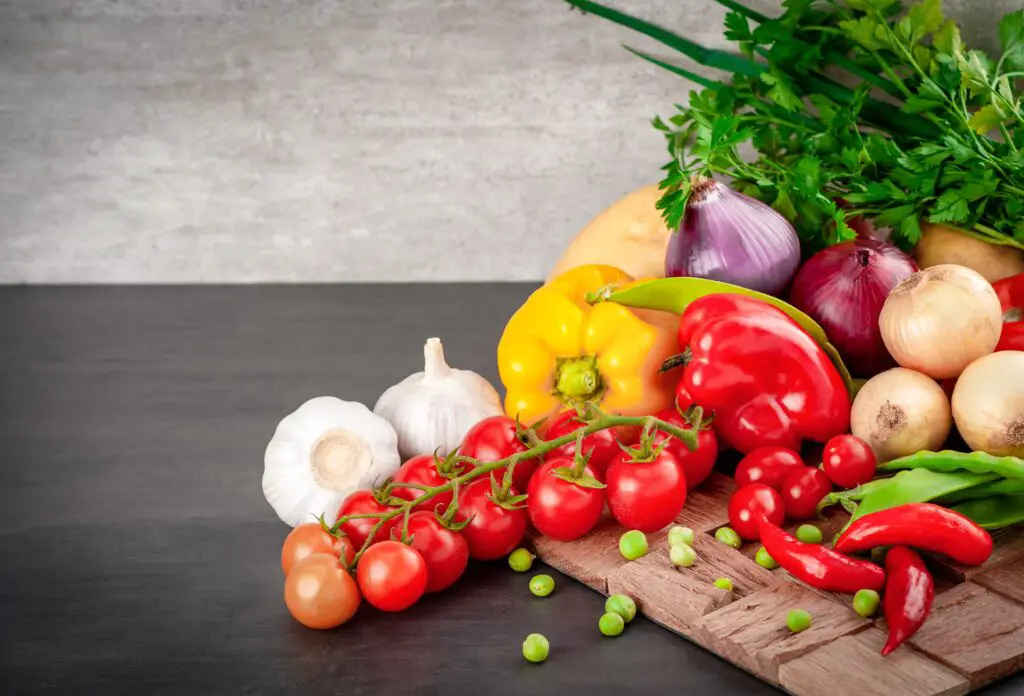
Table of Contents
Leafy Greens
Leafy greens are some of the easiest vegetables to grow indoors. They can be grown in a variety of containers, including pots, hanging baskets, and vertical gardens. Some popular leafy greens to grow indoors include lettuce, spinach, kale, and arugula. These greens thrive in a cool, moist environment and require regular watering to prevent wilting.
When growing leafy greens indoors, it’s important to provide them with adequate light. They require at least 6 hours of direct sunlight per day or 12-16 hours of artificial light. You can use a combination of natural and artificial light to achieve the right balance. If you don’t have access to a lot of natural light, consider investing in grow lights to supplement your indoor garden.

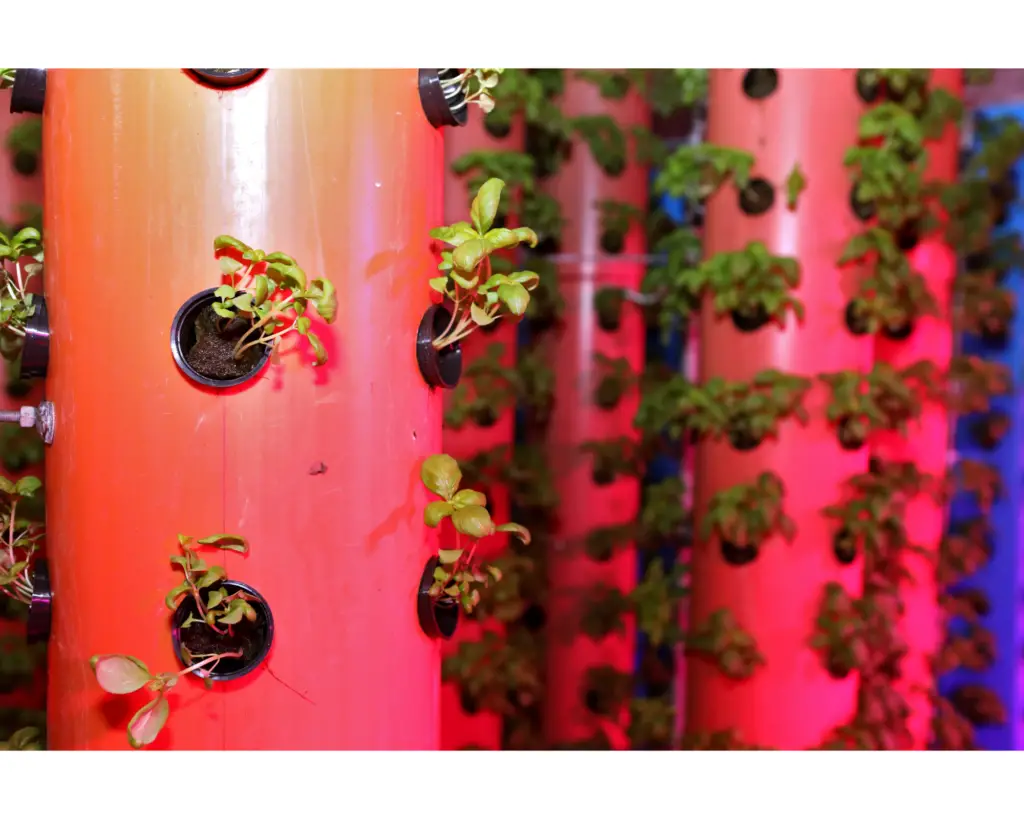
Microgreens
Microgreens are small, immature plants that are harvested when they are just a few inches (centimeters) tall. They are packed with nutrients with a more intense flavour than their fully-grown counterparts. Some popular microgreens to grow indoors include kale, broccoli and pea shoots. Microgreens can be grown in trays or shallow containers and require little space to grow. They are low-maintainance and can be harvested in as little as 7-10 days after planting. To grow microgreens indoors, you will need a good quality soil mix, a light source, and regular watering.
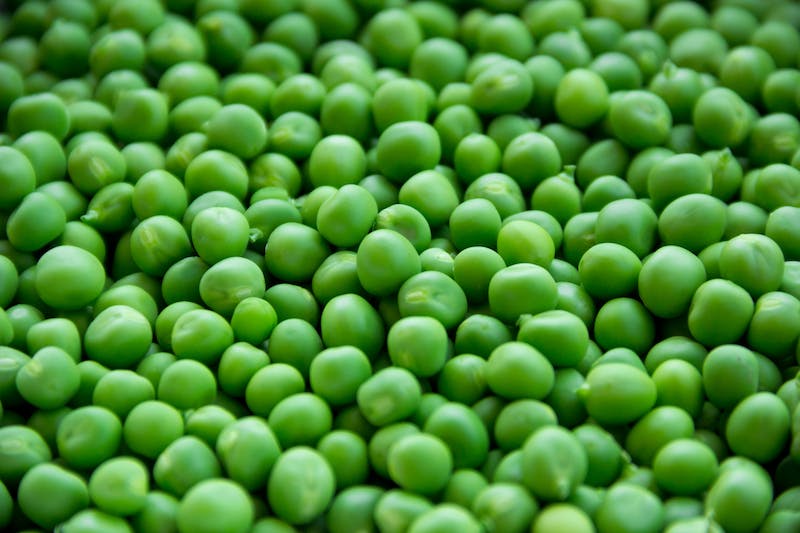
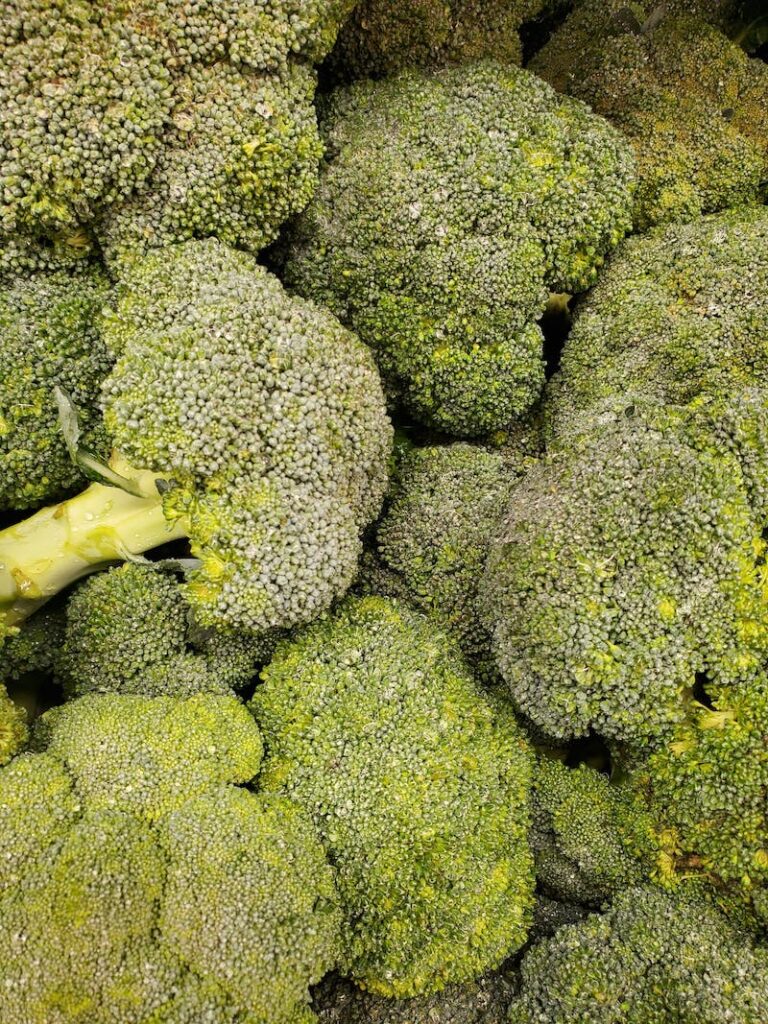
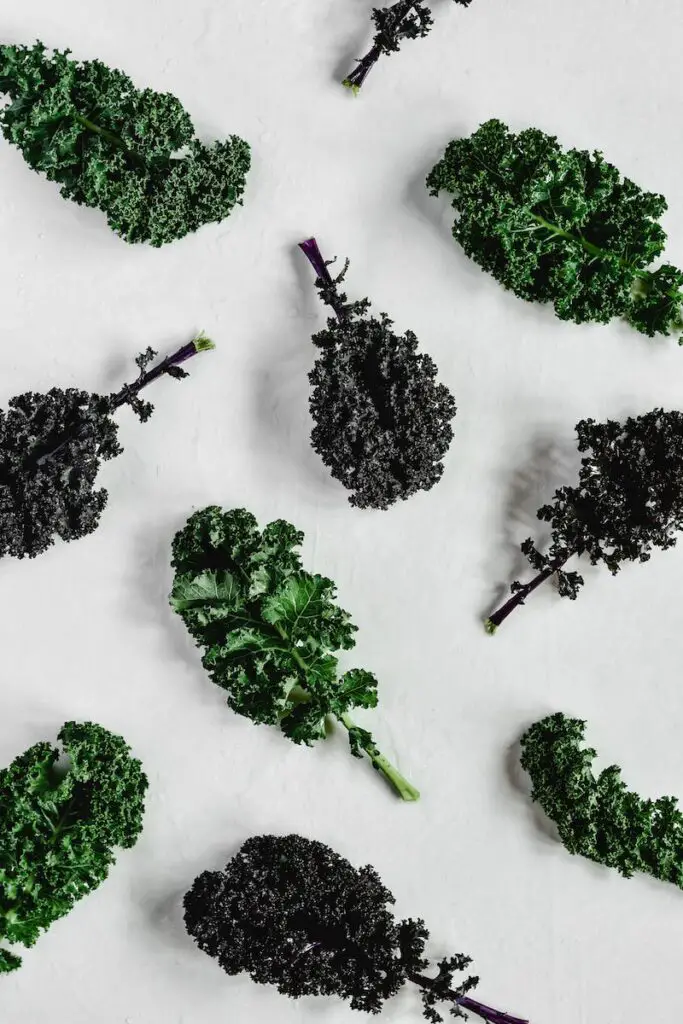
Tomatoes
Tomatoes are a popular indoors vegetables and can also grown in pots or hanging baskets. The can also be grown in aeroponic systems. They require a lot of light and warmth, so it’s important to place them in a sunny location. If you don’t have access to a lot of natural light, consider using grow lights to supplement their growth. Tomatoes also require regular watering and feeding to ensure they receive the necessary nutrients. You can use a tomato-specific fertiliser to provide them with the right balance of nutrients they need. Tomatoes also benefit from regular pruning to encourage healthy growth and fruit production.

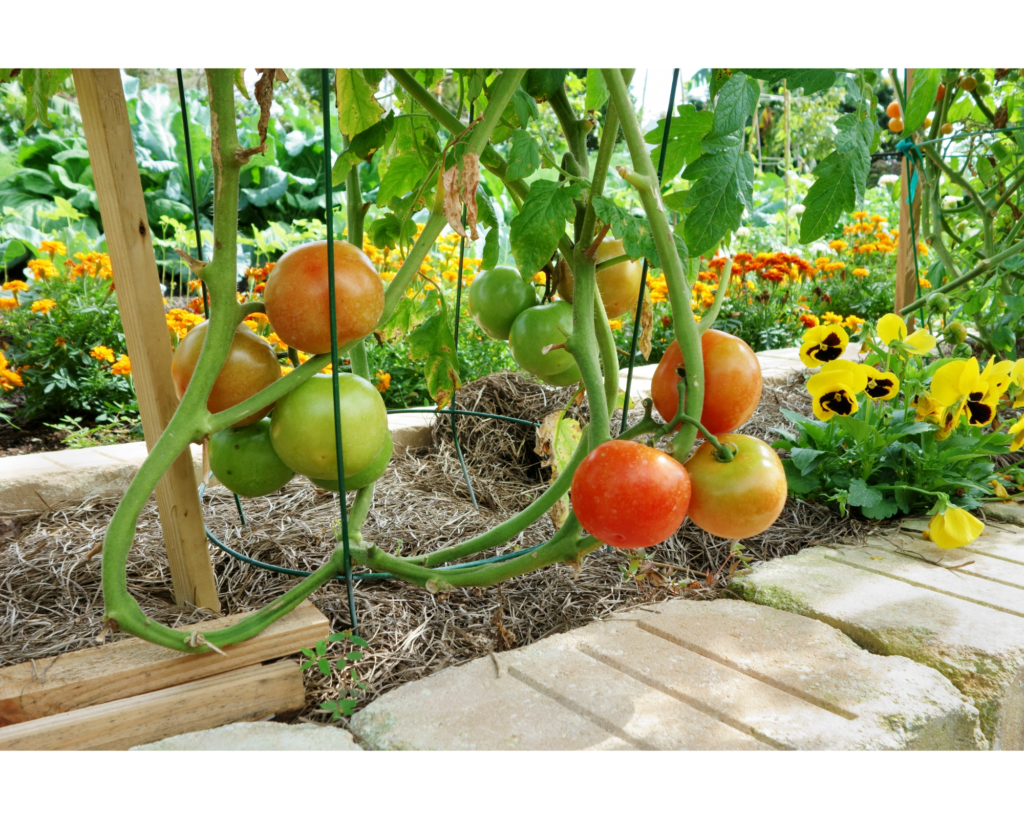
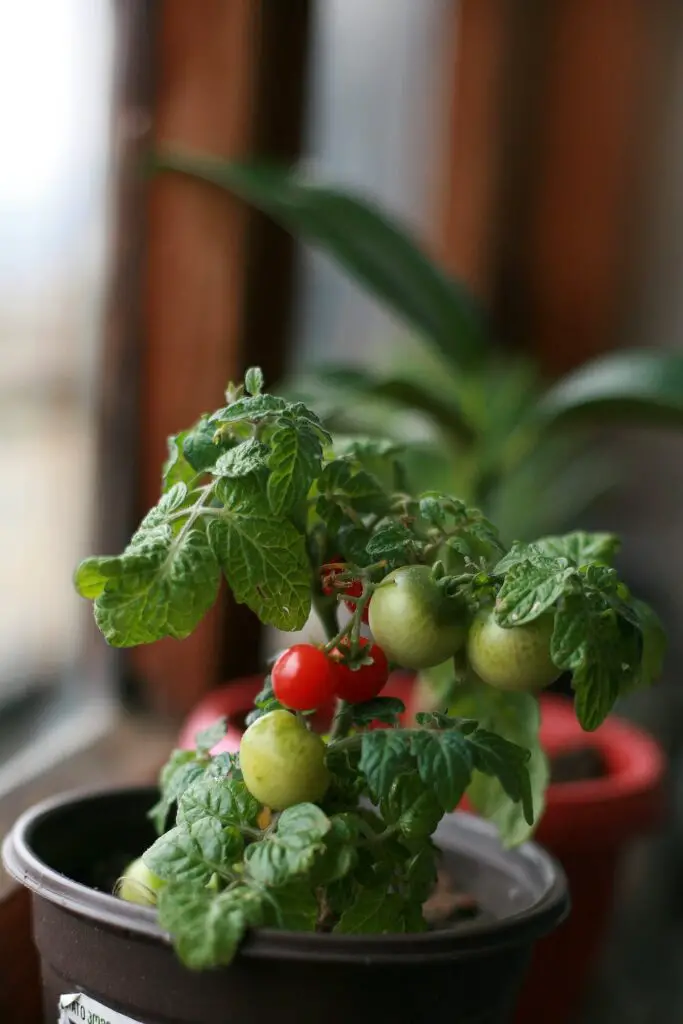
Peppers
Peppers are another indoor vegetable and comes in a variety of colours and heat levels. They require a warm, sunny locations to grow and can be grown in pots or hanging baskets. Peppers also require regular watering and feeding to ensure they receive the necessary nutrients to grow healthy and produce fruit. Peppers are also susceptible to pests and diseases, so it’s important to keep an eye out for any signs of infestation. You can use organic pest control methods or natural predators to keep pests at bay.
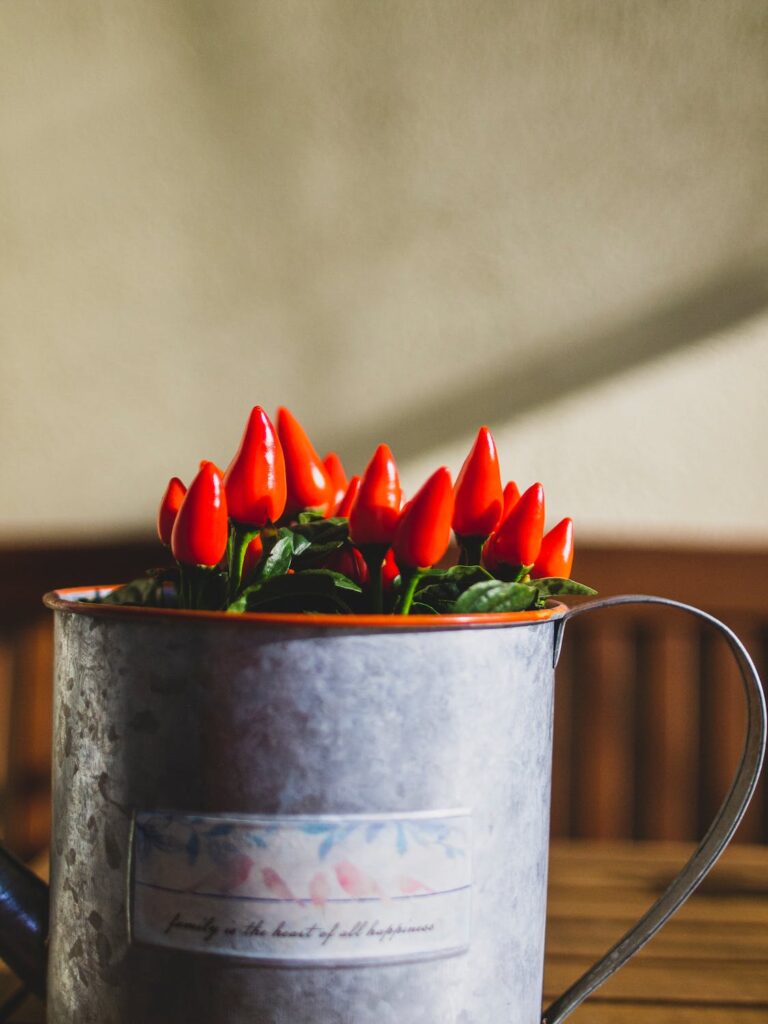
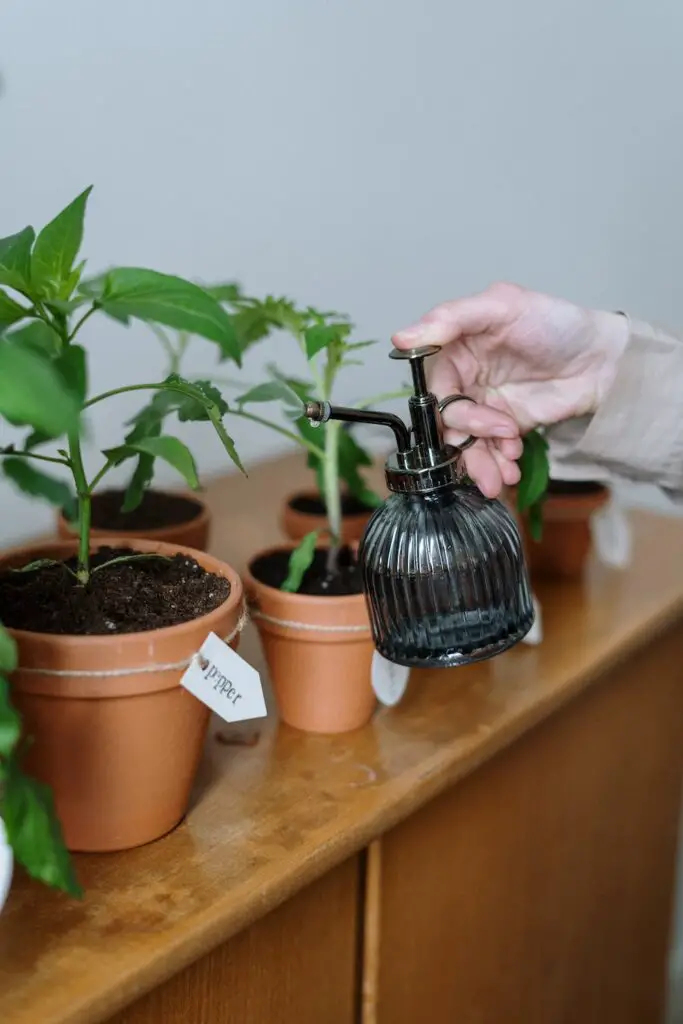
Carrots
Carrots are a root vegetable that can be grown indoors. They are a great source of vitamin A and fiber. Carrots can be grown in pots or containers with a require a good quality soil mix that is free from rocks or debris. Carrots also require regular watering and can benefit from a light application of fertiliser. When growing carrots indoors, it’s important to ensure they have enough space to grow. They should be planted in a container that is at least 8-10 inches (20-25 centimeters) deep to allow for root development. You can also grow carrots in a hydroponic system, which provides them with a constant supply of water and nutrients.
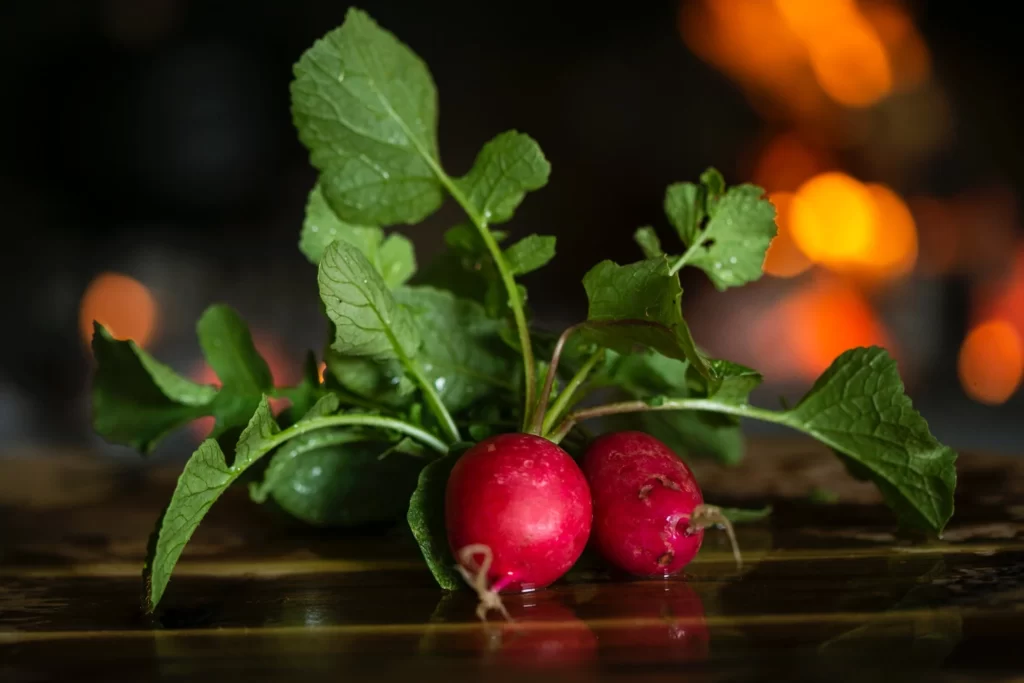
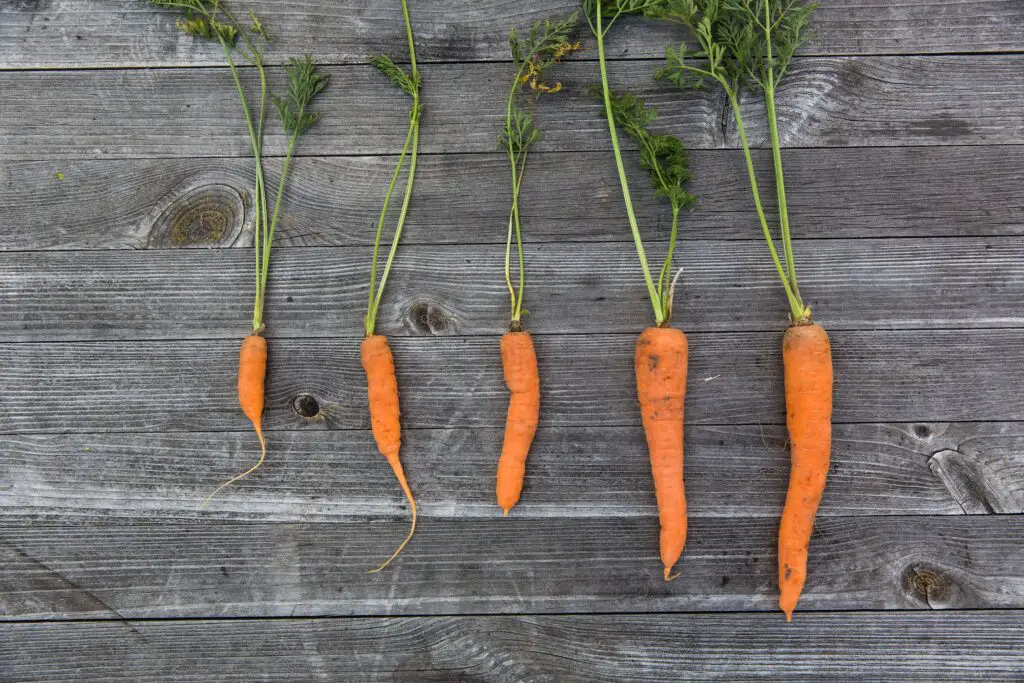
Radishes
Radishes are a great choice for indoor vegetable gardens because they are fast-growing and take up very little space. They can be grown in pots or shallow containers that requires regular watering to ensure they receive the necessary nutrients to grow healthy. Radishes come in a variety of colours and have a slightly spicy flavour, making them a tasty addition to salads or as a garnish for dishes. They are also a good source of vitamin C and fiber, making them a healthy snack option. Overall, radishes are an easy and rewarding vegetable to grow indoors.
Conclusion
Growing vegetables indoors is a great way to enjoy fresh, locally-grown produce all year round. Whether you have limited outdoor space, live in an apartment, or just want to try your hand at indoor gardening, there are many types of vegetables that can be grown successfully indoors. Leafy greens, microgreens, tomatoes, peppers, carrots, and radishes are all great options for indoor gardening, and each has its own unique set of requirements for optimal growth. By following the tips and guidelines provided in this article, you can create a successful indoor vegetable garden and enjoy fresh, healthy produce from the comfort of your own home.
